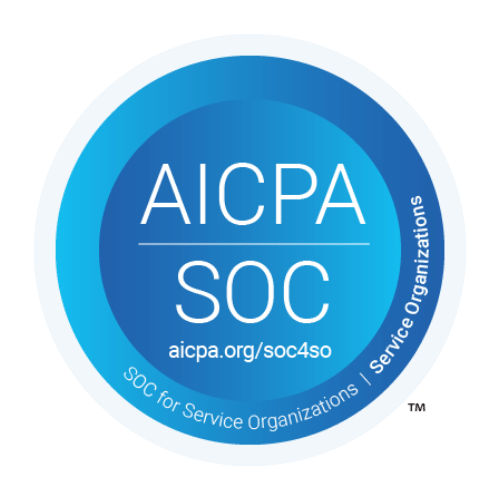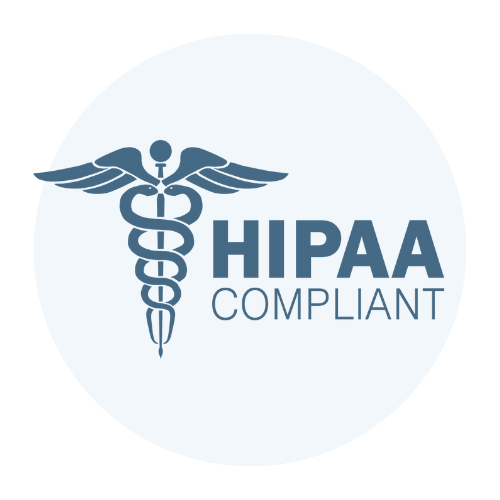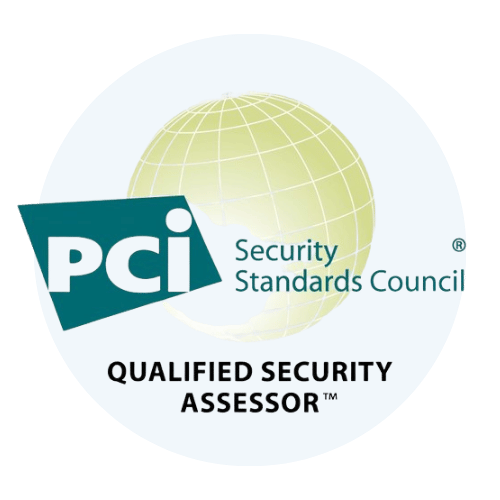SOC 3 Report: All You Need to Know

What is a SOC 3? System and Organization Controls 3 reports, also known as a SOC 3 report, is one of three audits that organizations can undertake to meet the specified Trust Service Principles, as defined by the AICPA. The audit is performed by accredited organizations, with the main goal of assisting companies in assessing possible risks to security, availability, integrity, privacy, and confidentiality of information. SOC 3 compliance audits are performed by an accredited third party to assess the current risks and posed threats that the organization may face. The main advantage of the SOC 3 versus the SOC 1 or SOC 2, is that the output of the SOC 3 audit can be freely published or provided to any third party organization. The SOC 3 report is generalized so that it doesn’t provide any confidential information. However, the report generated is still invaluable for an organization looking for insights on their current security and control landscape. How Do I Market a SOC 3 Report? Although SOC 1, 2, 3 are all governed by AICPA standards, only the SOC 3 is allowed to be made publicly available. As we have already established, the information from the SOC 3 is a general overview provided by an auditor. It provides the data on the organization’s controls and security and testing methodology. A SOC 2 report is not openly available. This type of report contains specifics about how the audit was performed, how to fix security issues, and other sensitive information. A SOC 3 is a preview of what a SOC 2 report contains. Since the SOC 3 version doesn’t contain any confidential information it can be published on the company’s website. Both current and potential customers can freely access it. The SOC 3 can help boost your company’s credibility and help you to gain the trust of new clients. What Are the Benefits of a SOC 3 Report? Though a SOC 2 audit must be performed before a SOC 3, it’s well worth the time and effort. In today’s age of daily cyberattacks, potential customers look for cyber security-conscious services. As long as the report is produced by experts in the industry who are AICPA-accredited like TrustNet, there many benefits to businesses who publish this type of report, including: Evidence that your business properly invests in security measures Shows customers that you’re transparent about your practices Outperforms competitors who haven’t had a third-party evaluation Helps to build trust with both new and old clients A positive report demonstrates you have a professional team Reassures customers that your prices won’t increase if there are new security threats In short, this type of report confirms your business professionalism. Additionally, it shows that your business cares enough about clients to ensure that their current and future data is kept safe from cybercriminals. From the business’s perspective, it’s a yearly investment for long-term client retention and allows you to market and sell to new potential clients. They can also let anyone view the report without worrying about it being leaked. How Can a SOC 3 Report Be Used to Build a Business? While it can feel overwhelming to prepare your business for a SOC 3 audit, the process is not difficult. TrustNet has professionals who perform SOC 3 audits and will work with your business to ensure that it succeeds the first time. The report you obtain from this audit can quickly build up a business. Keep in mind that you will first need to obtain a SOC 2 report; this is the report on which the auditor will base your SOC 3. Once you have a successful audit, it can be published anywhere or sent to your clients directly. This will help keep current customers from wandering off to less-trusted competitors. New security-conscious clients will be looking for a company that meets AICPA standards. A published SOC 3 report will provide that for you and will not only help you to retain clients but to generate new ones as well.
SOC 2 vs SOC 3

Navigating the labyrinth of data security standards can seem bewildering. One crucial fact to grasp is that SOC 2 and SOC 3 are both audit standards devised by AICPA, yet they differ in their level of detail and application. Understanding SOC 2 and SOC 3 SOC 2, established by the American Institute of Certified Public Accountants (AICPA), offers an extensive review of a service organization’s non-financial reporting controls related to security, availability, processing integrity, confidentiality, and privacy. On the other hand, SOC 3 is a summary version of the detailed SOC 2 report and can be shared with the general public. Both types set vital standards for managing customer data in cloud-based software technology and SaaS platforms. These assessments are carried out by independent certified public accountants following strict auditing standards, ensuring effective internal control over financial reporting. SOC 2 is a reporting standard the American Institute of Certified Public Accountants (AICPA) sets. It revolves around system controls and provides detailed summaries of their procedures and test results. The audience for these reports is specific, as they contain restricted-use information. A SOC 2 audit typically lasts several weeks to months and requires execution by independent CPAs trained and certified in the field. [/et_pb_text][et_pb_image src=”https://trustnetinc.com/wp-content/uploads/2020/05/definition-of-soc-3.jpg” title_text=”definition-of-soc-3″ _builder_version=”4.27.4″ _module_preset=”default” global_colors_info=”{}”][/et_pb_image][et_pb_text _builder_version=”4.23.1″ _module_preset=”default” header_2_line_height=”1.5em” global_colors_info=”{}”] Definition of SOC 3 SOC 3 is an audit framework elaborated as part of the Service Organizations Controls (SOC) developed by the American Institute of Certified Public Accountants (AICPA). It verifies that a service organization’s system controls operate effectively and abide by trust services criteria. Unlike other SOC reports, particularly SOC 2, which offers granular details, SOC 3 focuses on the five Trust Service Criteria: security, availability, processing integrity, confidentiality, and privacy. Interestingly, though less detailed than its counterparts, such as SOC 2 or SOC 1 for financial reporting purposes, alluring aspects encompass its accessibility and usability. The publicly accessible report gives it visibility, serving companies who seek to demonstrate their compliance status openly for marketing advantage without revealing crucial specifics about procedures or test results like in comprehensive reports. To acquire a SOC 3 certification, one should go through the required steps in a SOC 2 examination, hence inherently linked with each other. Talk to our experts today! The Role and Importance of SOC Reports SOC Reports have become essential in our increasingly digital world. With cyber threats rising, service providers operating in cloud-based software technology must prove their commitment to robust cybersecurity practices. This is where SOC reports come into play — they confirm that an organization’s system controls are reliable and effective, validating their ability to secure customer data. Independent certified public accountants conduct these audits, providing added credibility for businesses when dealing with clients or partners who demand high data security assurance. As such, organizations that fail to provide the necessary SOC reports may lose the trust of potential stakeholders or even face legal complications. Who can perform a SOC Audit? Only certified professionals have the authority to perform a SOC Audit. Specifically, this task is assigned to independent Certified Public Accountants (CPAs) who maintain their credentials via the American Institute of Certified Public Accountants (AICPA). Their role necessitates extensive training and proven expertise in analyzing internal controls over financial reporting and other critical data security and processing integrity areas. Proficient CPAs must lead these audits to ensure comprehensive exploration into a company’s practices, safeguarding businesses from potential risks or breaches while improving trust levels with clients when securely handling sensitive information. [/et_pb_text][et_pb_image src=”https://trustnetinc.com/wp-content/uploads/2020/05/understanding-soc-2-and-soc-3.jpg” title_text=”understanding-soc-2-and-soc-3″ _builder_version=”4.27.4″ _module_preset=”default” global_colors_info=”{}”][/et_pb_image][et_pb_text _builder_version=”4.23.1″ _module_preset=”default” header_2_line_height=”1.5em” header_3_line_height=”1.5em” global_colors_info=”{}”] How SOC 2 and SOC 3 Work SOC 2 sets criteria for managing customer data based on five “trust service principles” – security, availability, processing integrity, confidentiality, and privacy. Meanwhile, SOC 3 also applies these same principles but in a more general sense; it provides an overview of the systems used to process users’ data and the controls they have in place. SOC 2 and SOC 3 require regular auditing by independent Certified Public Accountants to ensure ongoing compliance with these standards. Process of SOC 2 The SOC 2 audit process is meticulously defined by the American Institute of Certified Public Accountants (AICPA). Here are the key steps involved: 1. The first step is the selection of trust services criteria relevant to the organization’s offered services. 2. Next, the service organization develops a control system that meets the selected trust service criteria. 3. Dry runs or readiness assessments follow to identify and correct potentially weak areas before the formal audit. 4. An independent certified public accountant then examines policies, procedures, and systems for satisfying selected Trust Service Criteria. 5. The auditors generate either a Type I report detailing if the controls are suitable and adequately placed or a Type II report evaluating if such controls were adequate over time. 6. Also prepared are SOC 2 reports providing detailed insights about control activities, test results, and auditor opinions. Process of SOC 3 The SOC 3 examination unfolds through a prescriptive procedure. 1. under the American Institute of Certified Public Accountants (AICPA) regulations, engage an independent public accountant. 2. Perform a preliminary review to identify potential system controls and procedures that need adjustment. 3. Carry out a thorough audit according to trust services criteria. 4. The auditor writes and provides the SOC 3 report, including test results, data compliance specifics, and confirmation of cybersecurity measures in place. 5. The service organization can proudly display its SOC 3 seal on their website or in other materials for general use. [/et_pb_text][et_pb_image src=”https://trustnetinc.com/wp-content/uploads/2020/05/key-differences-explained.jpg” title_text=”key-differences-explained” _builder_version=”4.27.4″ _module_preset=”default” global_colors_info=”{}”][/et_pb_image][et_pb_text _builder_version=”4.23.1″ _module_preset=”default” header_2_line_height=”1.5em” header_3_line_height=”1.5em” global_colors_info=”{}”] SOC 2 vs SOC 3: Key Differences Explained In this section, we delve into comparing and contrasting SOC 2 and SOC 3, outlining how their purpose and scope vary, the level of report accessibility for each, and clarifying the difference in detail provided by both types of reports. Differences in the purpose and scope SOC 2 is designed to provide an organization’s management and its customers with a detailed understanding of the system



